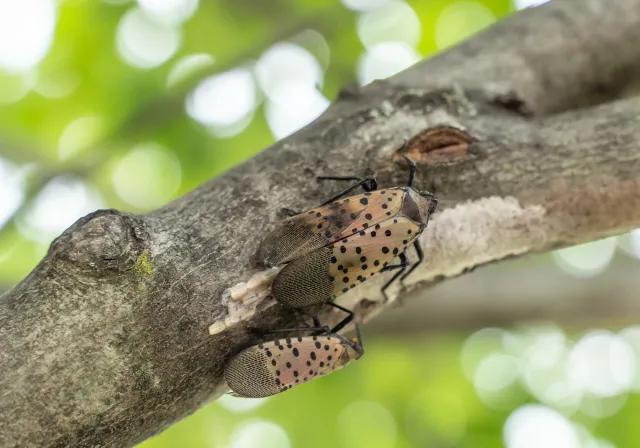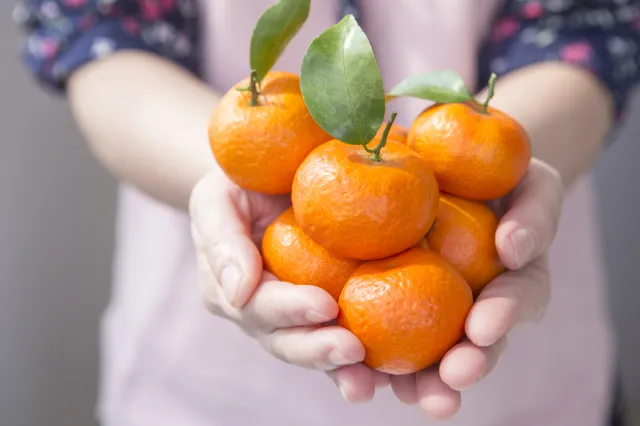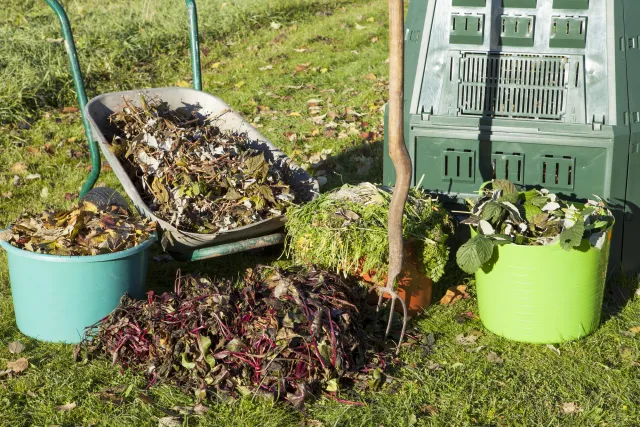Did you know that your backyard, balcony, or community plot is more than just a space for flowers and veggies? It's also a frontline defense against invasive species! As gardeners, we’re uniquely positioned to protect local ecosystems, and the good news is—it doesn’t take a lot to make a big difference.
Here are five easy and powerful ways you can help stop the spread of invasive species and keep your garden (and California!) thriving.
1. Plant Local, Native Plants
Native plants are the unsung heroes of the garden. They’re adapted to local conditions, require less water and care, and most importantly—they support native birds, bees, and butterflies.
Pro tip: Visit your local native plant nursery or use CalScape to find the best plants for your zip code.
2. Learn to Spot Invasive Species
Get familiar with common invasive troublemakers in your area. From the fast-spreading Yellow Star-Thistle (Centaurea solstitialis) to hitchhiking pests like Asian citrus psyllid (Diaphorina citri), knowing what to look for helps you act fast.
Pro tip: Watch for unusual leaves, stems, or insects, and report anything suspicious to your local UC Extension office or your local County Agricultural Commissioner's office.

3. Don’t Share Your Invasives (Even by Accident!)
Sharing is caring—unless it’s invasive! Avoid trading or giving away plants that could be problematic in different environments. Even popular garden favorites (like certain bamboos or ivy) can become invasive when they escape cultivation.
Pro tip: Follow local quarantine regulations and plant guidelines—some areas restrict the movement of soil, plants, or cuttings to prevent the accidental spread of pests and invasive species.

4. Compost Carefully
We love compost! But it’s important to avoid tossing invasive plant material—like seeds, roots, or cuttings into your compost bin unless you know it gets hot enough to destroy them.
Pro tip: If in doubt, bag it and bin it instead of composting.

5. Join Local Efforts and Stay Informed
Many communities host invasive species removal days, weed-pull events, or citizen science projects where you can team up with others who care about healthy landscapes.
Pro tip: Volunteering is a great way to learn, connect, and make an impact!
You’ve Got This
Stopping invasive species might sound like a big task, but it starts with small, smart choices in your own garden. Every weed you pull, every native plant you add, and every conversation you spark helps protect California’s biodiversity for generations to come. You’re not alone; thousands of gardeners across the state are making a difference right alongside you. Together, we can grow a more resilient and thriving California.
Click here to Find a Program and connect with your local UC Master Gardener Program. You will be redirected to your local county website and contact information. UC Master Gardener volunteers are available to help answer questions for FREE. Happy gardening!
Photo credit: Header photo by UC Master Gardeners of Sonoma County. All other photos through ELB Learning.

